The Syntax of Multiple-que Sentences in Spanish. Along the left periphery.
Complementizers offer a window into the architecture of the left-periphery and further our understanding of the demarcation of the boundaries between the C(omplementizer) and T(ense) domains. Using the articulated left-periphery as a laboratory and Spanish constructions featuring more than one complementizer as a point of departure, the author delivers new insights into the syntactic positions and behavior of Spanish complementizer que along the left edge. These observations have far-reaching consequences to such fundamental linguistic concepts as the derivation of left dislocations, ellipsis, and locality of movement. Of great interest to syntax graduate students and researchers in general, this volume provides a stepping stone to cracking the code on several current syntactic questions, including the widely-contested position of preverbal subjects in null-subject languages like Spanish. In addition, it offers the linguist a bountiful toolbox for the cross-linguistic investigation of a number of left-peripheral and clausal phenomena.
{{comment.content}}
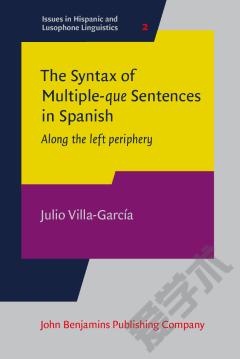
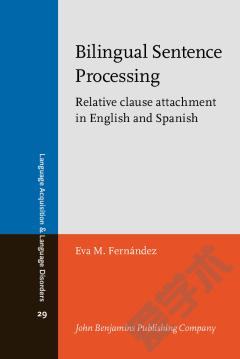
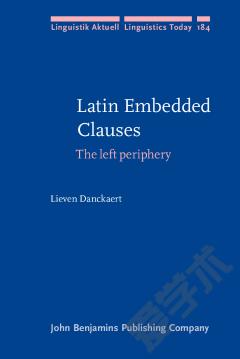


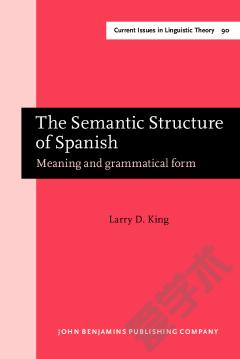
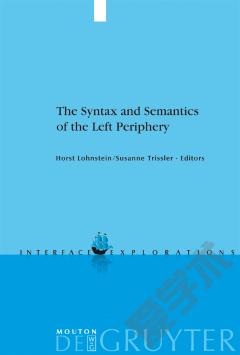

 京公网安备 11010802027623号
京公网安备 11010802027623号